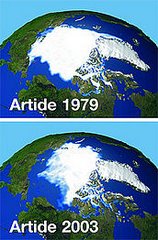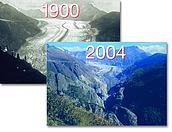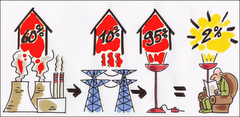Dear Friends, I am extemely sorry I didn't update this blog for several months. Job and activities took 120% of my time, so here I am now on holidays taking you some material to think about, as usual.
Paper is a thing that nobody could think living without. It's everywhere in our daily use, work, private life, shopping, business. Everything has something to do with paper.
Around the world we use around 1 million tonnes of paper every day, with half of the trees cut down commercially ending up in paper products. Yet much of this paper use is wasteful and unnecessary.
1. It's Christmas Time, presents time. You know of course that making a great present to those you love, means a lot, I know it as well and I am maybe one of the people who love most preparing presents and making them beautiful and putting lot of care in them. But you surely also now, that after opening those shiny boxes, the paper wrapping them will be thrown away, in the best case, in the fireplace. So, please! don't use plastic, or polish paper! there are also very beautiful recicled gift paper. Even package paper can be very elegant and sober if you decorate it with some writings and paper stars or small Christmas trees. This way, paper can be recicled and if it still ends up into your family's fireplace will release consistently less CO2 emissions. Think about it!
2. Re-use printed papers you would throw away (drafts, projects); as for handwritten notes, as for a second printing, simply turn back the papers and replace them into your printer. You'll easily see in just one week or even one day, how quick it is to save a pack of white chlorine paper.
3. As at your workplace (but I know sometimes it depends on the company's ecology policy), as at home, be very careful printing out things you know you don't need to, and most important pay attention differentiating your waste!! Paper, plastics, metal waste and vegetables have their own category to be disposed.
4. Placing a sticker "no advertising" on your mailbox will avoid you to throw away unuseful tons of paper you don't even read! Anyway, surfing on the web or going to the shops, you'll always find the same publicity and offers showed, so you don't really need to have them brought to you.
Remember, paper is an extremely valuable product with many important uses for society.
But despite advances in digital technology we have become careless in our use of paper and too often take it for granted. Europeans and North Americans, only 10% of the world's population, use half of the world's paperproducts, 6 times the world average.
Expanding production and harvesting of pulp wood for paper threatens some of the last remaining natural forests, and the people and wildlife that depend on them.
Paper production and consumption also create significant climate change emissions.
But there is a lot you can do as an individual to reduce your paper consumption. From taking simple actions such as printing double sided to buying recycled paper you can make a real difference. And not only will this help save the planet, but it will also save you money at the same time! Take action now changing your habits in using and wasting paper, you can also "save trees" by using more sensitively the paper you have at your disposal. Get to the WWF site and subscribe to take action, now! http://passport.panda.org/campaigns/campaign.cfm?uNC=12444549&uCampaignId=1861
Thanks for attention and Merry Christmas, my dear readers!



 Our ecological footprint — the impact of humanity on the earth – has increased two and half fold since 1961.
Our ecological footprint — the impact of humanity on the earth – has increased two and half fold since 1961.



